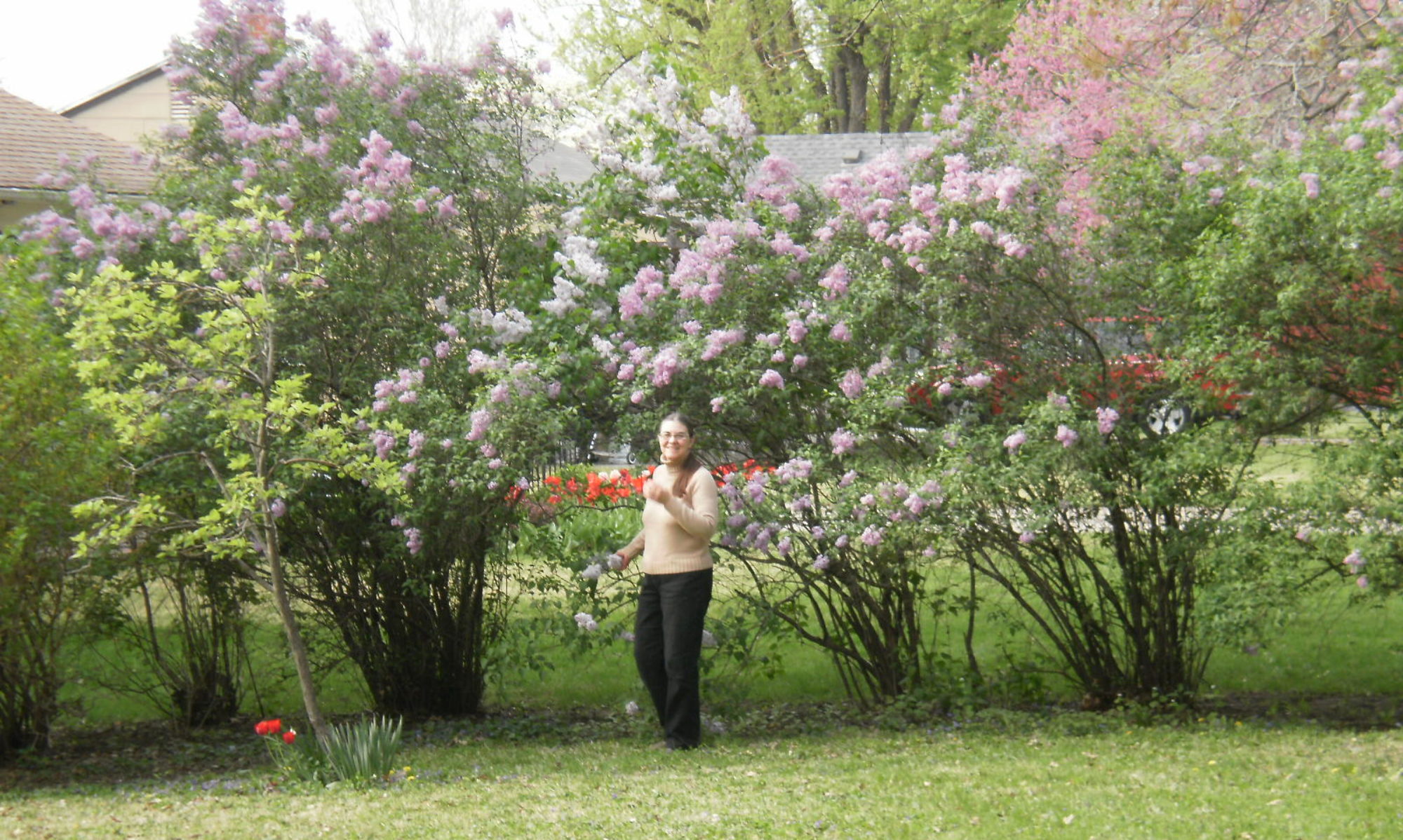I went to CryptiCon this year with my pal Dennis Young and had a pretty good time. The con had been on hiatus for a year but was back with lots of blood and mayhem, as is the way with horror cons. The guests were, as always, amazingly gracious and patient with all the fans, the vendors were interesting and in some cases horrifically creative, and the attendees sported some genuinely disturbing cosplay. My personal favorites were a dead ringer (see what I did there?) for Regan, the Linda Blair character in The Exorcist, and a couple of ladies dressed as xenomorphs from Alien. It was fortunate that I acquired a novel to read from the fellow with a booth next to ours because I also acquired a case of Covid. Mind you, I’ve had ALL the shots and wash my hands obsessively, but still….
So, the good thing about being a retiree who takes a few sick days is you get to read guilt free for hours on end. The bad thing is you feel really rotten for days on end. I’m better now, thank you, but this got me to thinking about books, what we read, how much we read, and recommendations from friends. I use the term friends here in the loosest possible way. Chris (you remember Chris, my good friend down in Tucson?) is reading The Kaiju Presevation Society by John Scalzi and finding it tremendously entertaining. I just finished my latest read, so I’ve started it myself. It is, so far, hilarious. The problem is, the author refers to Snow Crash by Neal Stephenson more than once. I haven’t read it in years, so now I’m going to have to go back and read it again. He also refers to the Murderbot stories, which Chris also enjoyed a lot, so, well, you see the problem.
You can get recommendations from all kinds of places, and there are a lot of books out there in the universe, more than any one person can possibly ever read. Most of the time, we have to be selective with our limited time and usually choose books we know we’ll enjoy. Our time is precious and must be spent wisely lest we rot our brains by: reading novels, watching television, or using social media (depending on which century you live in, 19th, 20th, and 21st, respectively).
NBC News sometimes asks Retired Admiral James Stavridis to comment on security and the world, and he invariably has some interesting looking book prominently displayed in his office. I’ve suckered to his recommendations more than once. After all, the man reads a lot, has written several books and seems to know his onions. The problem is, one of his books, The Sailor’s Bookshelf: Fifty Books to Know the Sea, is a book about books. If you go down that rabbit hole, it may be a while before we see you again.
Jane Austen, everybody’s friend, refers to several books in her writing, some of them Gothic novels. In fact, her heroine in Northanger Abbey is so enthralled by Gothic stories that she succumbs to suspicion and fantasy about her hosts and their lives. A rather good article in Book Riot discusses Jane’s reference to “the Horrid Novels” and how she resurrected some of them from probably well-deserved obscurity. Still, more than one person would have been enticed to seek out those books and rot their brain by reading them.
If you want to read, and want more time to read, please, DON’T contract Covid, but do take some time each day to enjoy books. Paper, electronic, audio–it’s all good. And my personal recommendations, besides everything listed above: while Hanging Chads by Evan Clouse was amusing enough and kept me occupied during my illness, I’m still a bit disappointed that the folks from Death’s Head Press weren’t at Crypticon again this year. I could love me some more Splatter Westerns.
Image: One shelf of many. By Marilyn Evans






